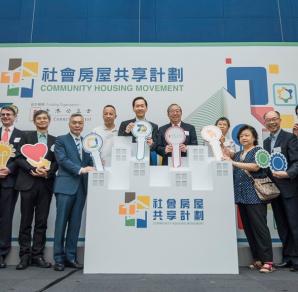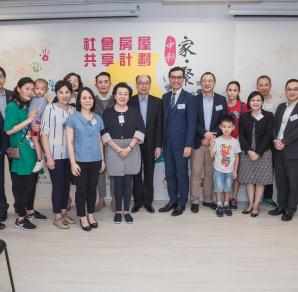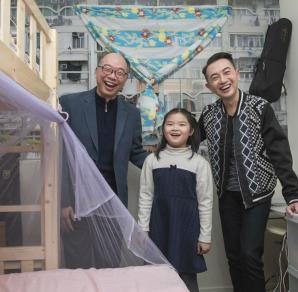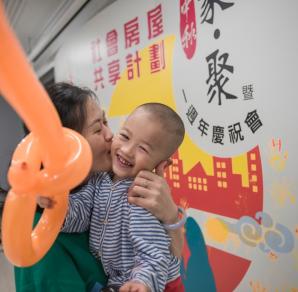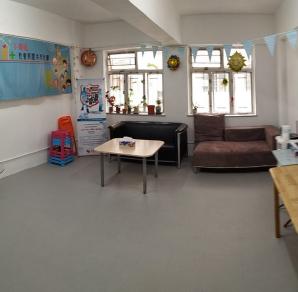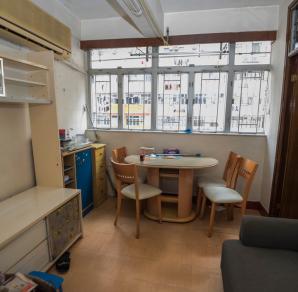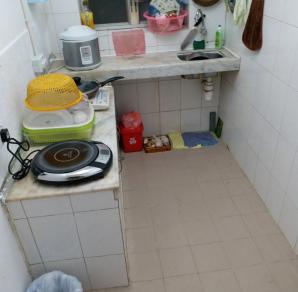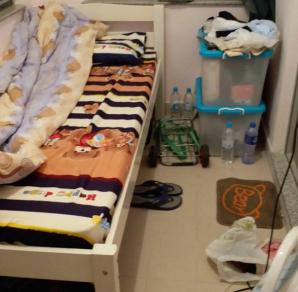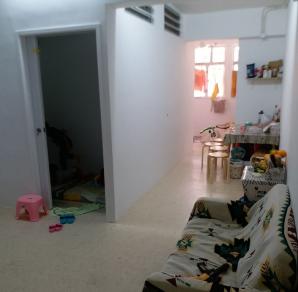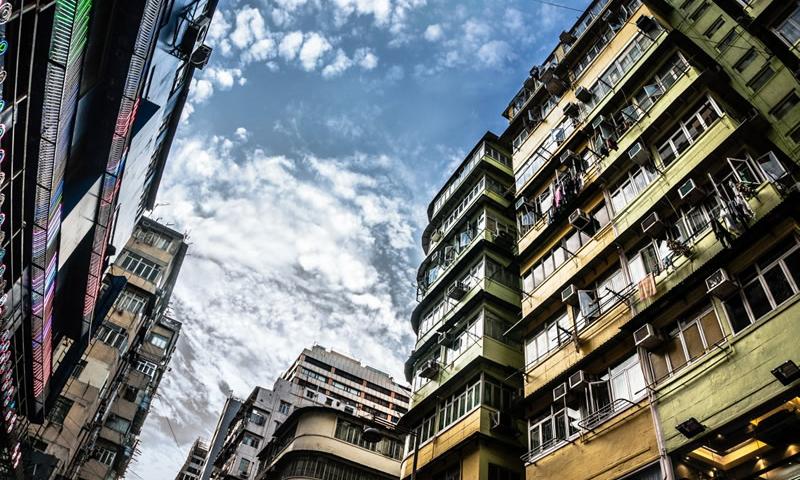
Community Housing Stakeholder Collaboration Map
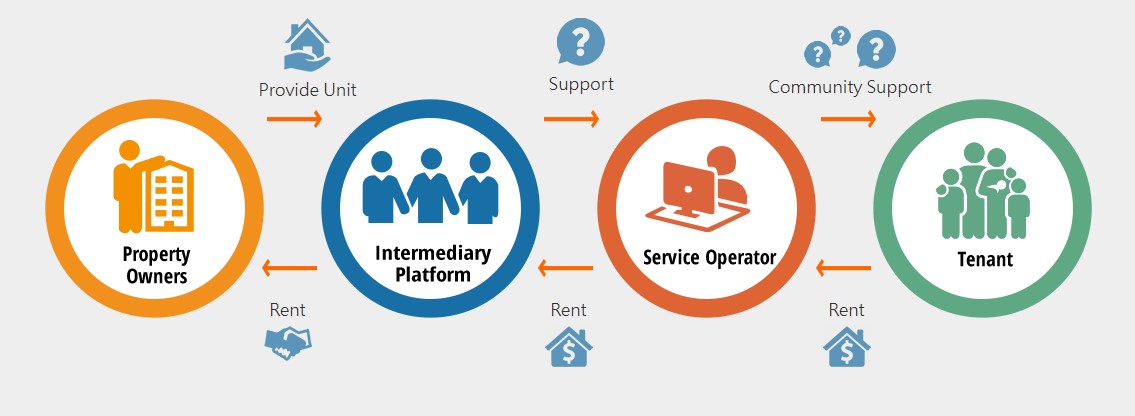
The three years pilot project of Community Housing Movement was launched in September 2017 and completed in September 2020. The project was supported by the Community Chest of Hong Kong and the SIE Fund. Its objective was to provide short-term relief by way of accommodation and support service to individuals or families who are living in inadequate housing, low-income and in urgent need of community support. HKCSS played the role of an intermediary platform in soliciting and renovating idle residential properties and then sublet them to eligible NGOs/SEs as qualified operators to operate these flats and provide service to the target users. On top of accommodation, the project hopes to enhance their mutual support network and social capacity to improve their quality of life.
There were a total of 13 sub-programmes and 12 individual flats which were operated by different service operators. They supported residents to create mutual support network and enhance their social capability through different service supports and activities.
Project Basic information
Service Characteristics
The core idea of the project is not to meet the housing needs in a narrow sense, but to view the housing issue as citizen’s living issue; of the grassroots families. On top of providing affordable housing, the project focuses on improving citizens’ community life in their respective residential districts. It also emphasizes community-based empowerment in the sense that households and empowered to tackle their living challenges by receiving community support and in return contribute their talents to the community.
Its objective is, through the provision of transitional accommodation and support services, to provide short-term relief for individuals or families which are:
- proven to be in need of transitional housing (queued for Public Rental Housing (PRH) for no less than 3 years, or those with other long-term housing arrangements)
- currently living in dismal and inadequate housing conditions
- low income and in urgent need of community support
The housing is transitional in nature. On top of accommodation, the service operators will provide community-based social services and work with tenants to develop their capacity for living independently in the community after the service.
The theoretical framework of the project is cohousing. The idea of cohousing originates in Denmark when a group of families was searching for better childcare and a way to share evening meal preparation. Later on, cohousing or communities has grown and spread out to other European countries and North American countries. And, with the use of the communal area in the cohousing units, residents get to build a strong relationship with one another and foster a network of mutual / community support, which in turn improves their quality of life. There are 4 steps ladder of development in the cohousing framework: 1. Provision of affordable housing and common facilities, 2. Self-development of capabilities and participation in the community, 3. Cultivation of community connections and mutual help, and 4. Learning community building and actualization of common beliefs.
Service Output and Impact
- As of Sep 2020, there were 578 households with 1,626 beneficiaries living in the social housing
- Housing needs: average living per capita & provision accommodation of the former home was 62 sq.ft while alone was 115 sq.ft after moving-into social housing. 76.5% felt satisfied with the living quality of social housing, they thought that the social housing provided enough space for toilet, kitchen, dining, rest and activity space for children;
- Economic and housing security: after moving into social housing was HK$3,975 when they are living in social housing. The average value of economic pressure on housing dropped by 45.0%. And 47.0% reported that they could increase additional expense on interest courses for children;
- Connection and belonging: 66.4% households reported that their relationship with children was better. 79.4% reported that they learnt more about community resources or services after joining the programme. 43.3% were more likely to be volunteers and 90.0% reported they knew new friends;
- Personal development: 59.6% households reported that they were optimistic and happy after living in social housing and 57.1% households thought that the problem-solving ability was improved;
- 94.3% felt satisfied with social housing and over 90.0% thought that social housing is an alternative affordable housing, a caring place and a place with support.
Operators
Overview of the sub-programmes under CHM:
Contacts
The details refer to the overview of the Operator of the CHM.
Project Status
The three-year pilot project was completed in September 2020, except some sub-programmes are still on-going due to the lease term has not yet completed. But the remaining sub-programmes will be completed on or before 2025.


